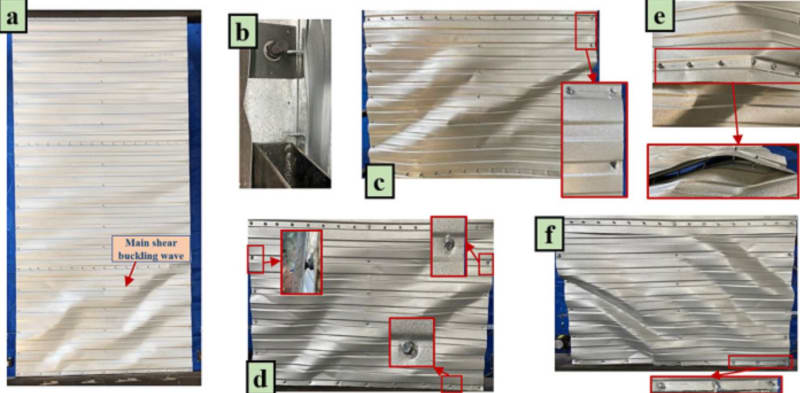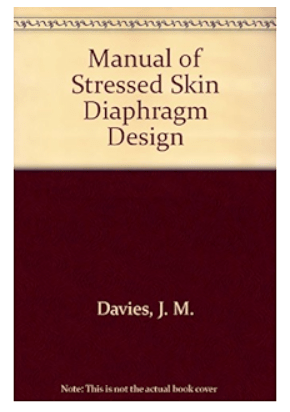Struct2468
Structural
If you are designing a metal deck diaphragm for lateral loading perpendicular to the deck flutes, what joist spacing do you use for SDI's tables? Would it be the deck span spacing (5'-0" in my example image) or 30' in my example image? Thanks.


